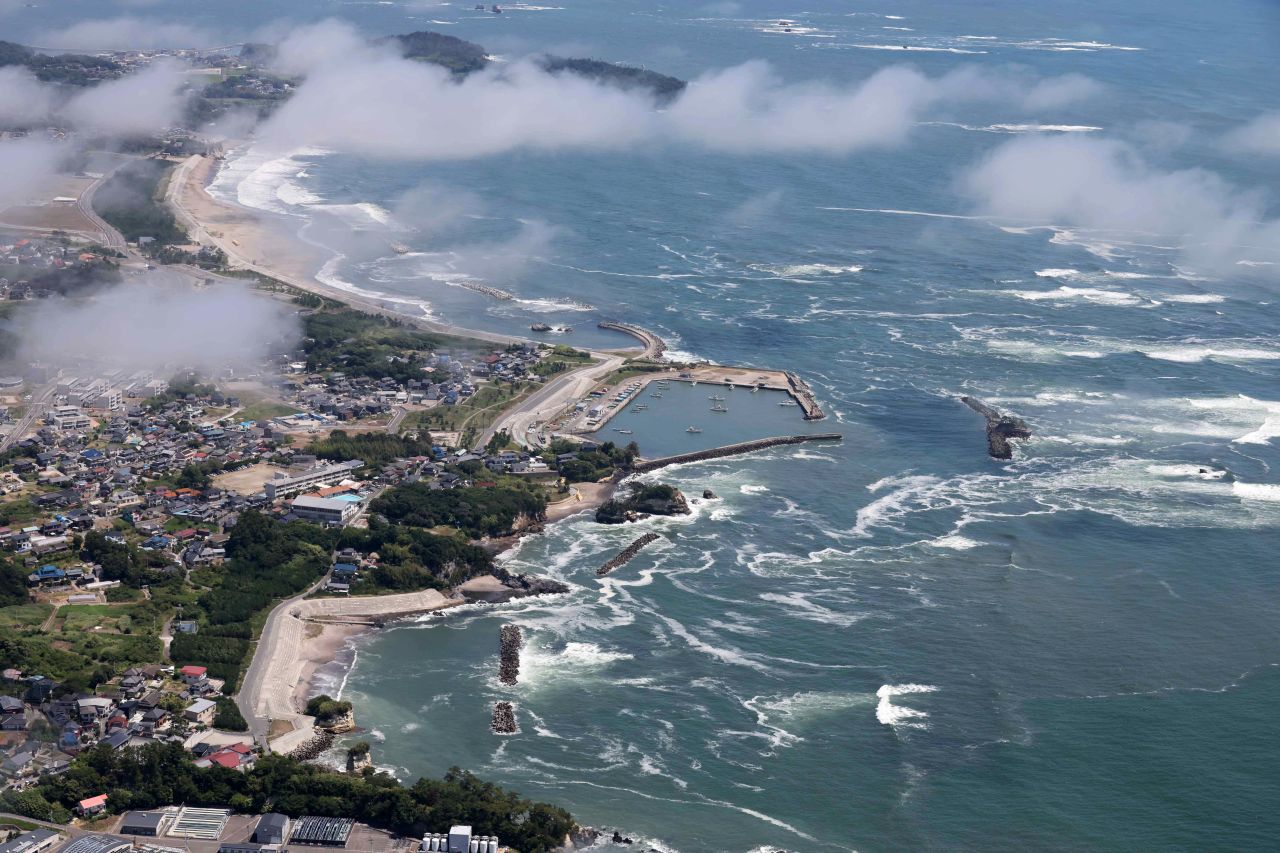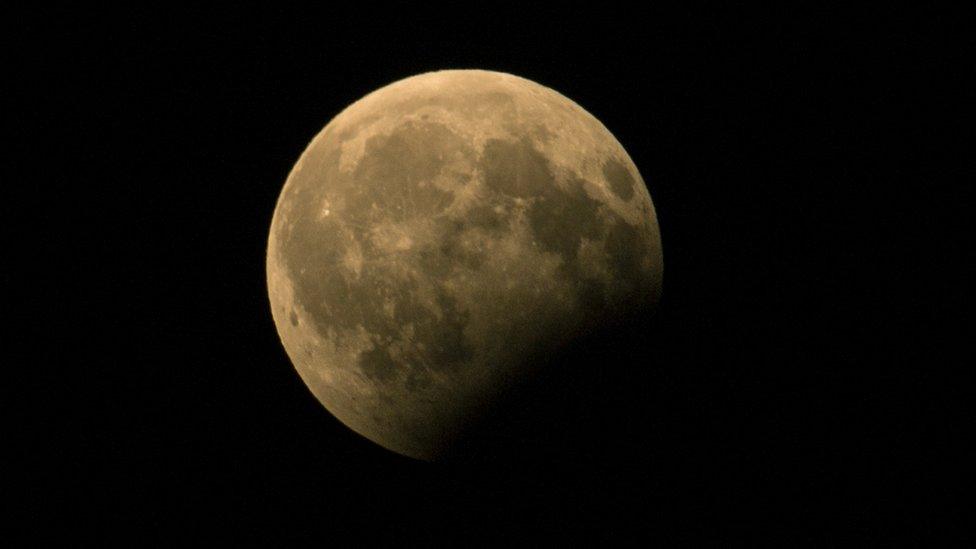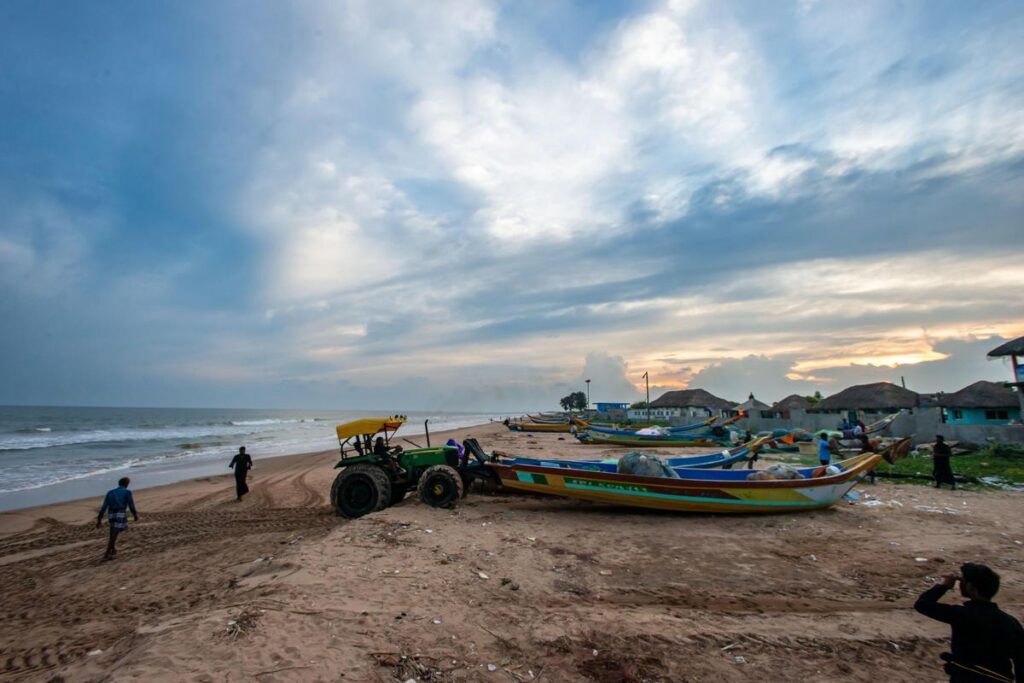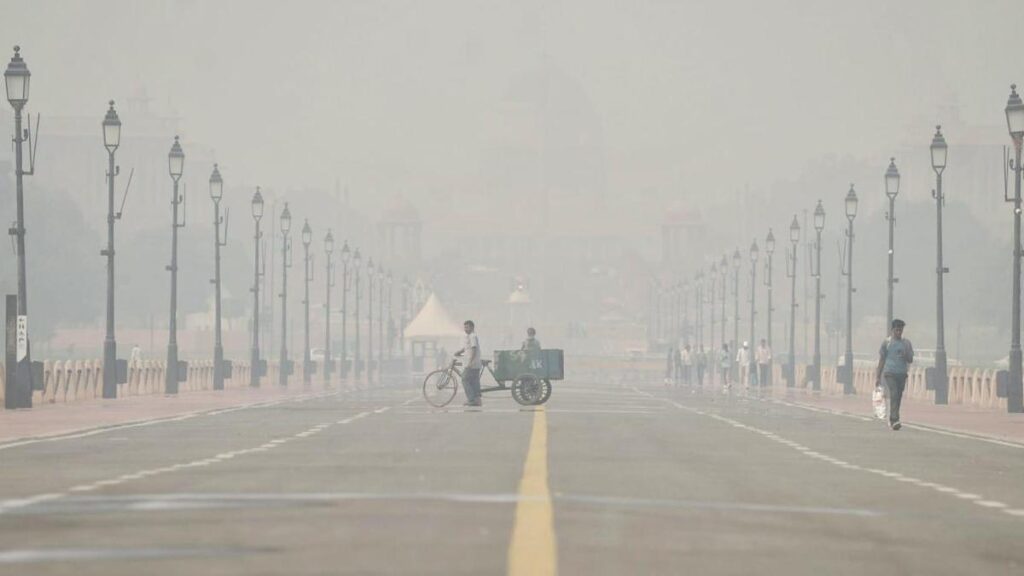Now Reading: Panic in Paradise: Hawaii Faces Traffic Chaos as Tsunami Warning Triggers Mass Evacuation
-
01
Panic in Paradise: Hawaii Faces Traffic Chaos as Tsunami Warning Triggers Mass Evacuation
Panic in Paradise: Hawaii Faces Traffic Chaos as Tsunami Warning Triggers Mass Evacuation

A tsunami warning in Hawaii led to widespread panic, with thousands of locals and tourists scrambling to reach higher ground. Videos circulating online show massive traffic jams, blocked highways, and people on foot, all trying to escape low-lying coastal areas. What was meant to be a calm day in the islands turned into hours of anxiety, uncertainty, and gridlock.
Emergency sirens rang out after seismic activity triggered alerts of a possible tsunami. Authorities immediately urged people to move inland or head to elevated zones. But the sudden surge of vehicles on narrow island roads led to long standstills, especially in key tourist hubs like Honolulu and Maui. With limited exits and a surge of people trying to leave at once, the evacuation quickly became chaotic.
For Indian tourists in Hawaii—many of whom travel during long holidays or honeymoon seasons—the situation was deeply unsettling. Families reported being stuck in taxis, unaware of alternate routes or emergency shelters. Some even abandoned their vehicles and walked uphill carrying children and bags. The panic mirrored disaster scenarios rarely seen in real life.
The incident also brings attention to how fragile infrastructure can become during natural emergencies, especially in places where geography restricts road networks. In India’s own coastal towns like Puri, Kanyakumari, and Kochi, similar risks exist. If such an alert were to hit here, would evacuation routes hold up under pressure? That’s a question local bodies and disaster response teams need to consider seriously.
What stood out in Hawaii was the speed at which fear spread—fueled by both official alerts and viral videos. In a matter of minutes, the islands went from holiday mode to crisis response. Though the tsunami did not cause immediate damage, the experience revealed glaring gaps in preparedness.
As Hawaii returns to normal, the chaos serves as a real-world reminder: disaster warnings aren’t just theoretical. They test systems, and more importantly, they test people. For Indian cities along vulnerable coastlines, it’s a warning worth paying attention to—before it’s too late

























